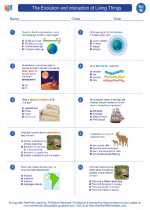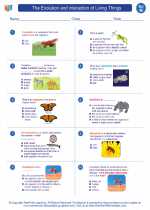Tundra
The tundra is a type of biome characterized by extremely cold temperatures, low biodiversity, and a layer of permanently frozen subsoil called permafrost. This biome can be found in the Arctic and Antarctic regions, as well as at high elevations in mountain ranges around the world. The tundra is one of the harshest environments on Earth, with long, cold winters and short, cool summers.
Climate
The tundra experiences extremely cold temperatures, with winter temperatures often dropping below -30°C (-22°F). In the summer, temperatures can rise to around 3-12°C (37-54°F). Precipitation in the tundra is low, and most of it falls as snow. The short growing season and cold temperatures limit plant growth, resulting in a relatively barren landscape.
Flora and Fauna
Despite the harsh conditions, the tundra is home to a variety of plant and animal species that have adapted to survive in this environment. Common plant species in the tundra include mosses, lichens, grasses, and small shrubs. Animals such as caribou, reindeer, musk oxen, Arctic foxes, and polar bears are well adapted to the cold and sparse vegetation of the tundra.
Environmental Impact
The tundra is a fragile ecosystem that is highly sensitive to environmental disturbances. Human activities such as oil and gas exploration, mining, and tourism can have detrimental effects on the tundra, disrupting the delicate balance of plant and animal life in the region. Climate change is also a major threat to the tundra, as rising temperatures can lead to the melting of permafrost and changes in the distribution of plant and animal species.
Study Guide
- Describe the climate of the tundra biome.
- Explain the significance of permafrost in the tundra.
- Identify and describe three plant species commonly found in the tundra.
- List three animal species that inhabit the tundra and describe their adaptations to the environment.
- Discuss the environmental impact of human activities on the tundra.
- Explain how climate change is affecting the tundra biome.
Studying the tundra biome provides valuable insights into the adaptations of living organisms to extreme environments and the potential impacts of human activities and climate change on fragile ecosystems.
[Tundra] Related Worksheets and Study Guides:
.◂Science Worksheets and Study Guides Eighth Grade. The Evolution and interaction of Living Things

 Worksheet/Answer key
Worksheet/Answer key
 Worksheet/Answer key
Worksheet/Answer key
 Worksheet/Answer key
Worksheet/Answer key
 Vocabulary/Answer key
Vocabulary/Answer key
 Vocabulary/Answer key
Vocabulary/Answer key
